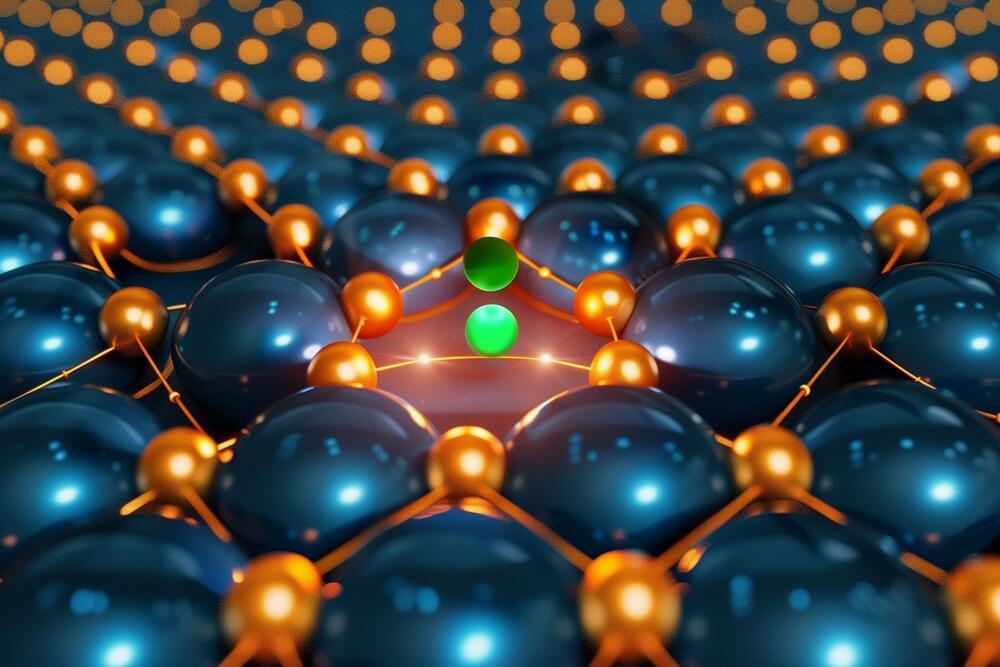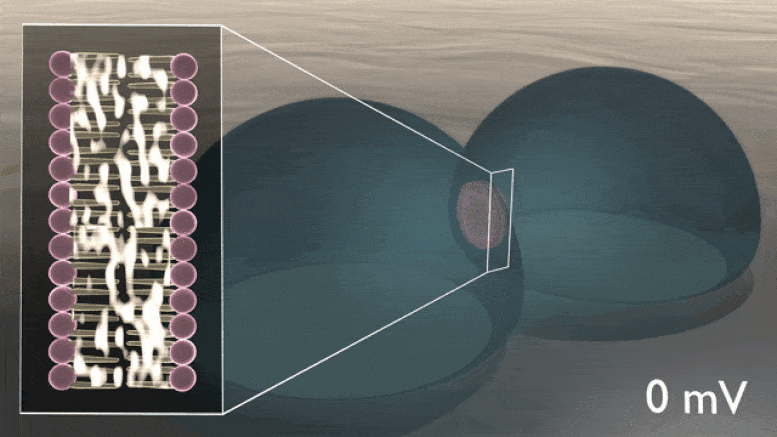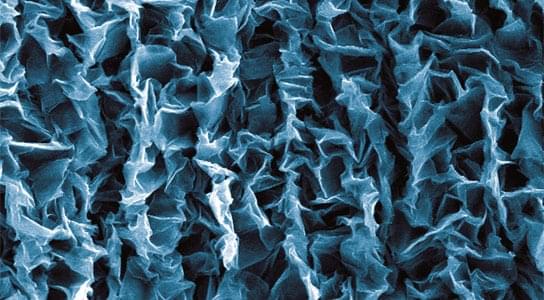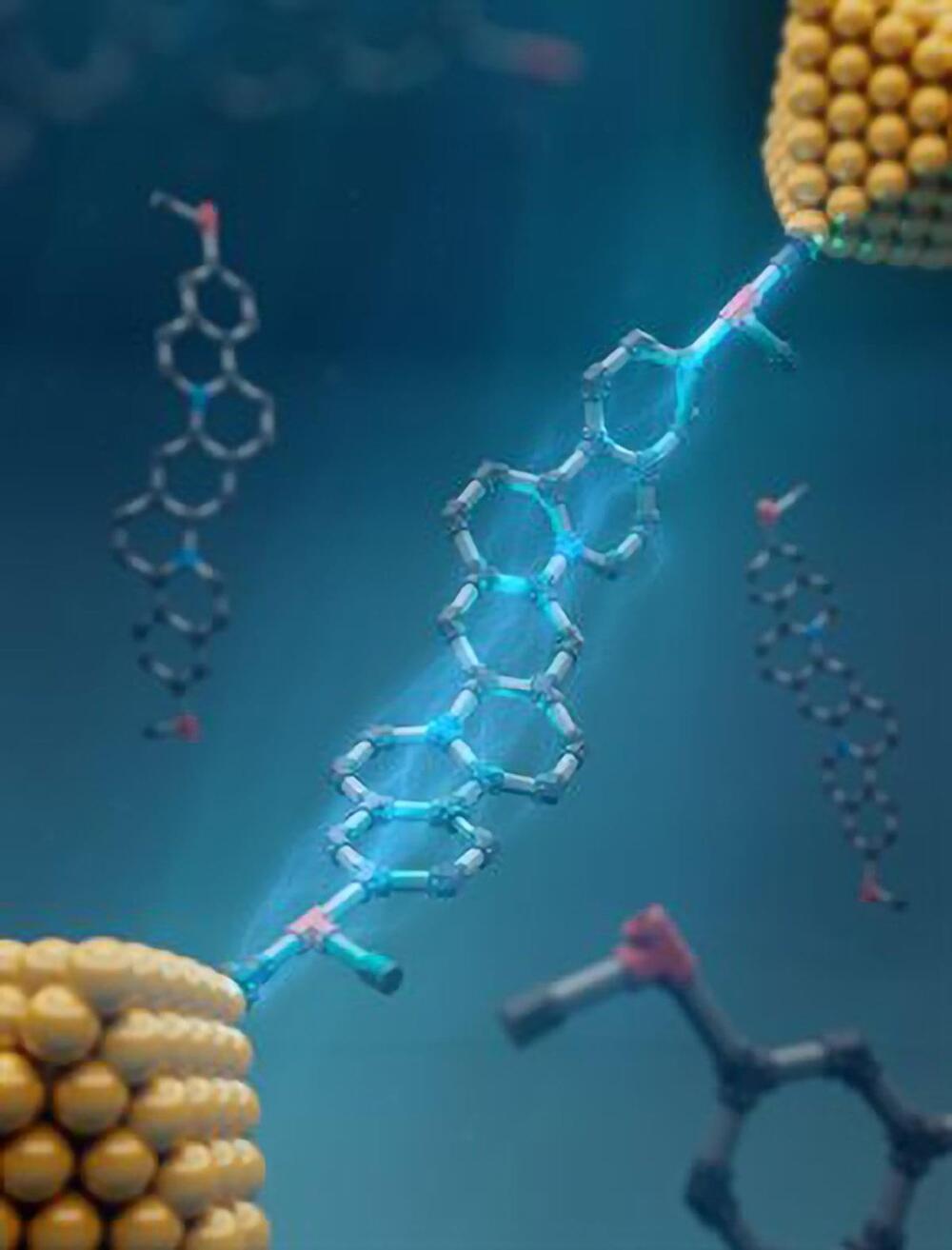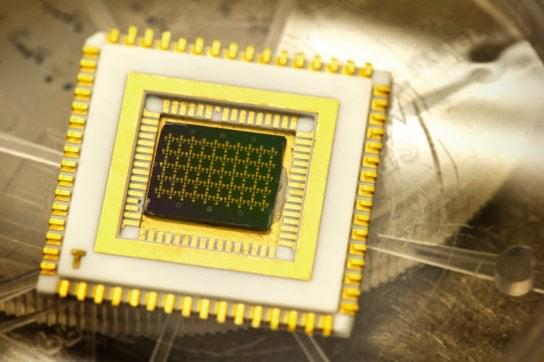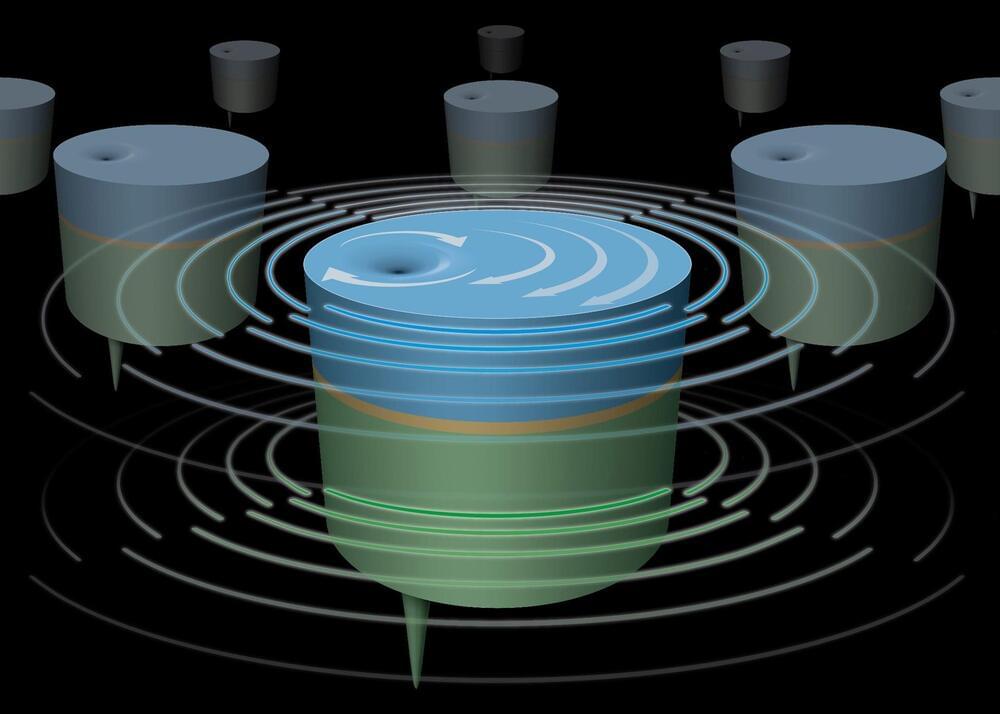Oct 12, 2024
🌎 LIVE Flight 5 Countdown | SpaceX Starship | Watch past 4 flights NOW!
Posted by Claudio Soprano in category: space travel
👍 If you like WorldCam content, please hit the Like, Subscribe and even leave a comment for more great content. Thank you!
– — – — – — – — – — – — – — – -
Starship’s fifth flight test could launch as soon as October 13, pending regulatory approval.
The launch window will open as early as 7:00 a.m. CT. As is the case with all developmental testing, the schedule is dynamic and likely to change, so be sure to stay tuned to our X account for updates.
Continue reading “🌎 LIVE Flight 5 Countdown | SpaceX Starship | Watch past 4 flights NOW!” »



